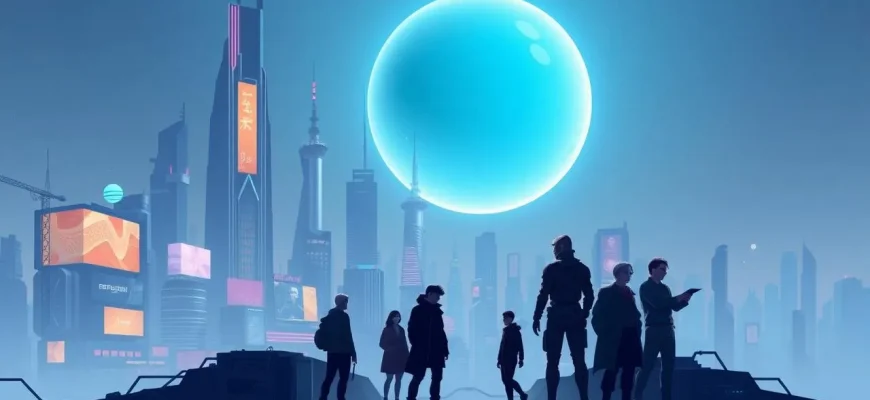In the realm of science fiction, the exploration of digital art has become a fascinating theme, blending the boundaries between reality and virtual worlds. This curated list of films delves into the mesmerizing world where technology and creativity intersect, offering viewers a unique perspective on how digital art can shape our future. From mind-bending realities to dystopian futures, these films not only entertain but also provoke thought on the role of digital art in our lives.
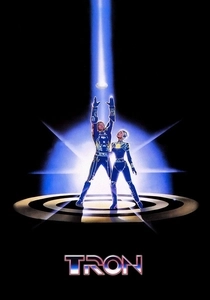
Tron (1982)
Description: This pioneering film introduced audiences to the concept of digital worlds where programs are personified. Tron explores the idea of a digital artist trapped inside a computer, battling for survival and freedom.
Fact: Tron was one of the first films to extensively use computer-generated imagery (CGI), setting a benchmark for future digital art in cinema.
 Watch Now
Watch Now 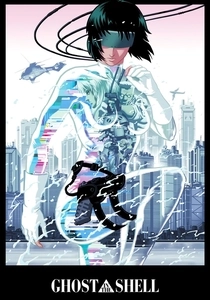
Ghost in the Shell (1995)
Description: This anime film delves into the world of cybernetics and digital consciousness, where art and technology merge to redefine identity.
Fact: The film's visual style heavily influenced the design of the Matrix trilogy.
 Watch Now
Watch Now 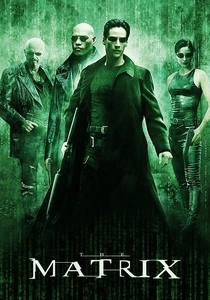
The Matrix (1999)
Description: Although not solely about digital art, The Matrix delves into the concept of a simulated reality where humans are unknowingly living in a digital construct. The film's visual effects and digital art are integral to its storytelling.
Fact: The "bullet time" effect used in the film was a groundbreaking visual technique that influenced countless films and video games.
 Watch Now
Watch Now 
A.I. Artificial Intelligence (2001)
Description: While primarily about artificial intelligence, the film touches on the creation of digital art through the character of David, an AI child who seeks to become "real."
Fact: The film was originally conceived by Stanley Kubrick and later directed by Steven Spielberg after Kubrick's death.
 Watch Now
Watch Now 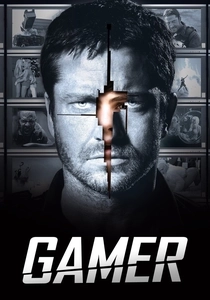
Gamer (2009)
Description: In a world where people can control others through a video game, Gamer explores the ethical implications of digital art and technology on human autonomy.
Fact: The film features a cameo by rapper Ludacris as a character named "Humanz Brother."
 Watch Now
Watch Now 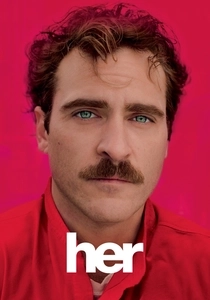
Her (2013)
Description: While not directly about digital art, "Her" explores the relationship between humans and AI, where the AI's voice and interactions can be seen as a form of digital art.
Fact: The film's operating system, Samantha, was voiced by Scarlett Johansson.
 Watch Now
Watch Now 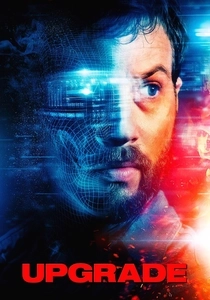
Upgrade (2018)
Description: "Upgrade" explores a future where technology can enhance human capabilities, including the creation of digital art through augmented reality.
Fact: The film was shot in just 28 days, showcasing the efficiency of its director, Leigh Whannell.
 Watch Now
Watch Now 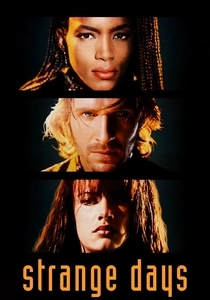
Strange Days (1995)
Description: This film features a futuristic technology where memories can be recorded and played back, essentially creating a form of digital art through the lens of human experience.
Fact: Kathryn Bigelow, the director, was the first woman to win an Academy Award for Best Director for this film.
 30 Days Free
30 Days Free 
eXistenZ (1999)
Description: David Cronenberg's film explores a virtual reality game that blurs the line between the game world and reality, showcasing the potential of digital art to manipulate perception.
Fact: The film was shot in a way to mimic the look of a video game, with a grainy, low-resolution aesthetic.
 30 Days Free
30 Days Free 
WALL-E (2008)
Description: This animated film features a future where digital art and technology have taken over human life, with WALL-E, a robot, discovering the beauty of art through old VHS tapes.
Fact: WALL-E was the first Pixar film to feature a love story between two robots.
 30 Days Free
30 Days Free 
